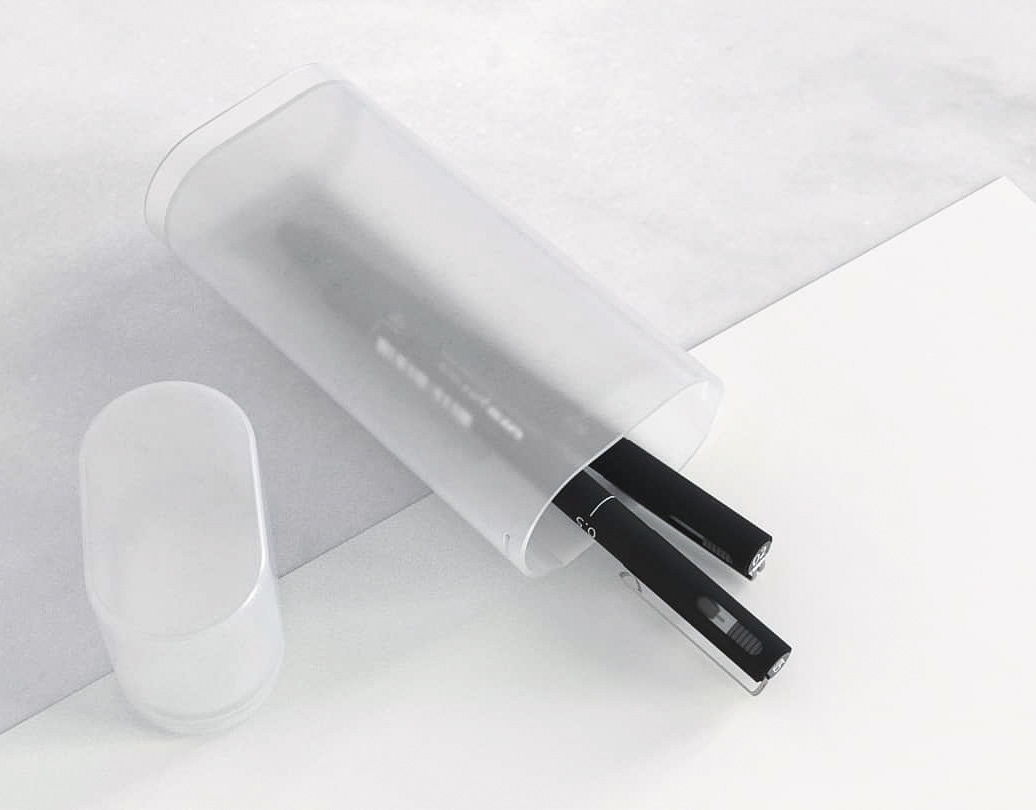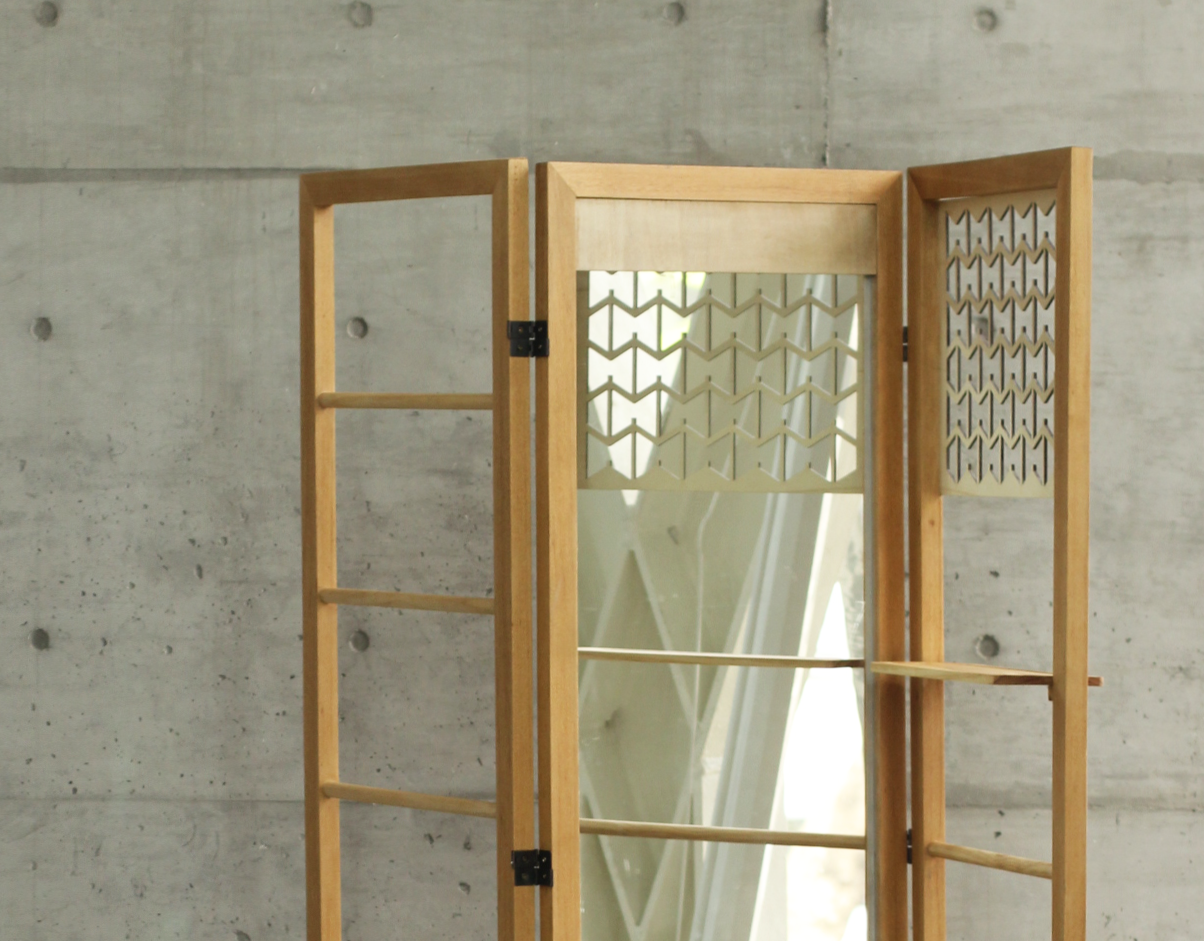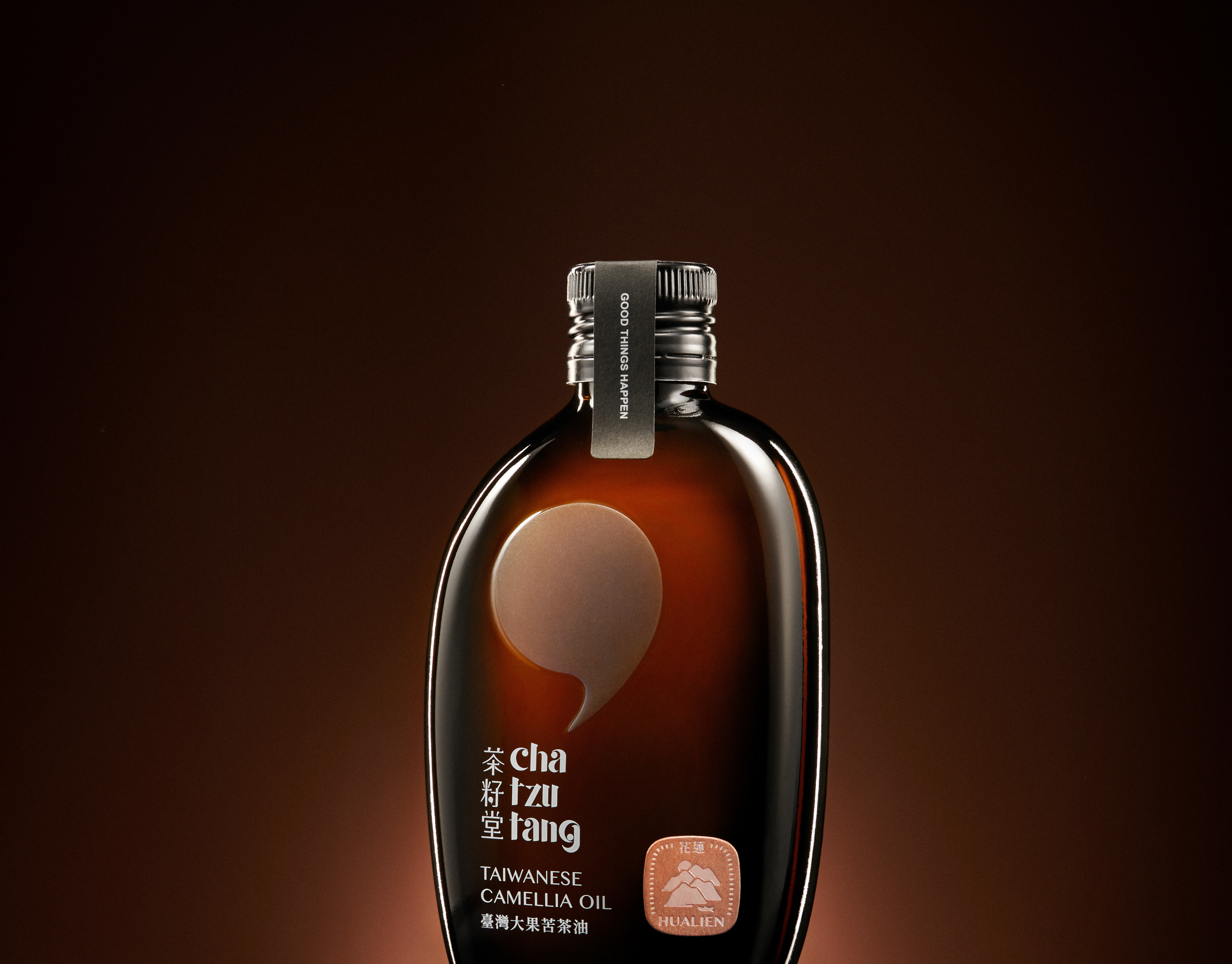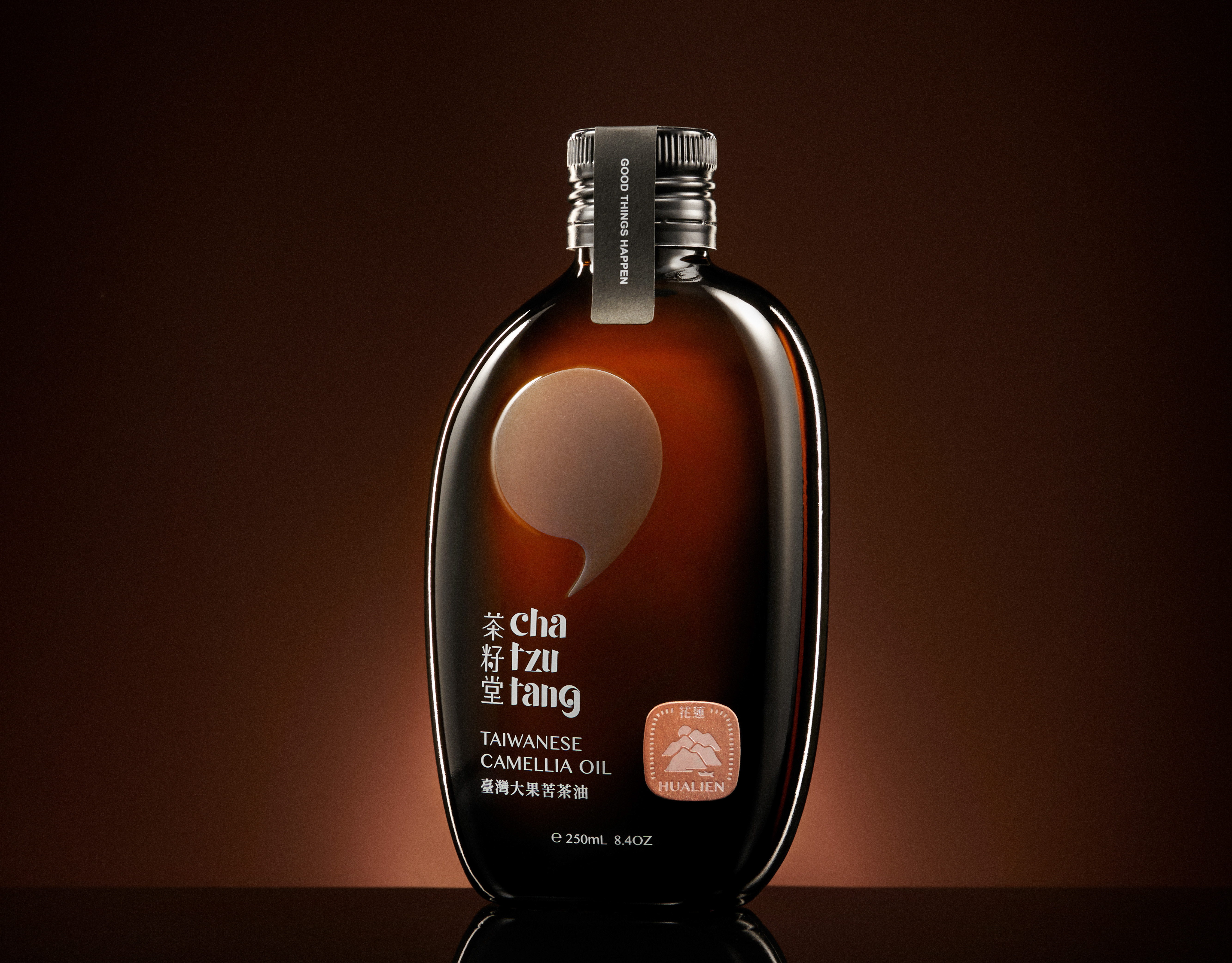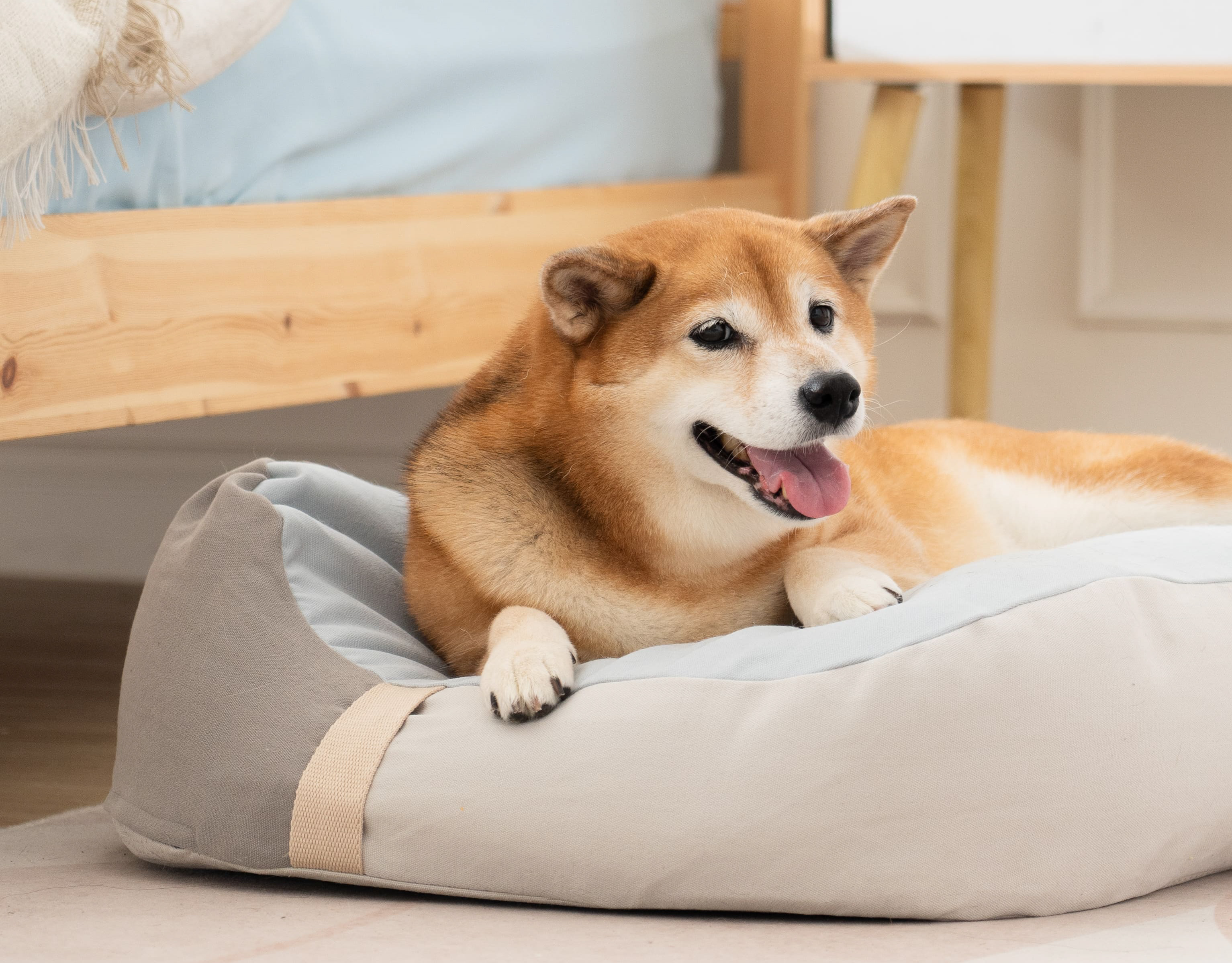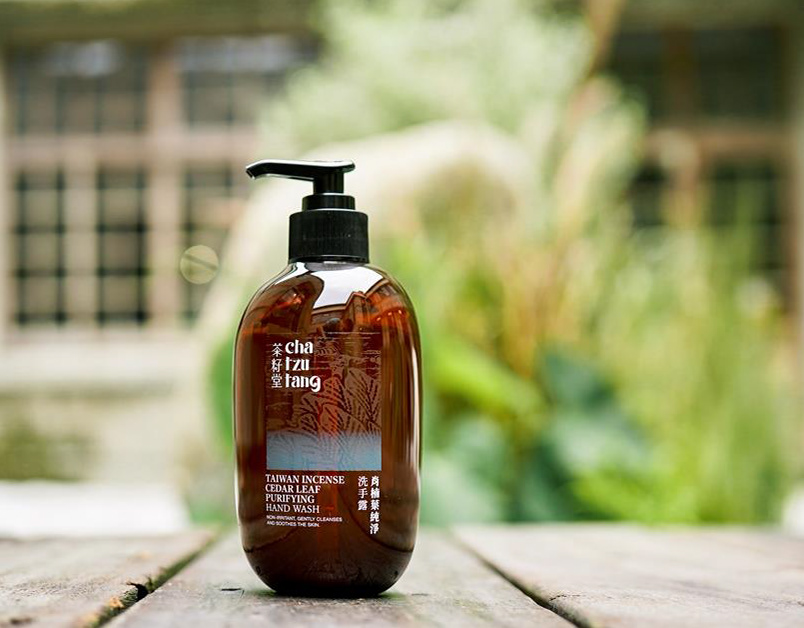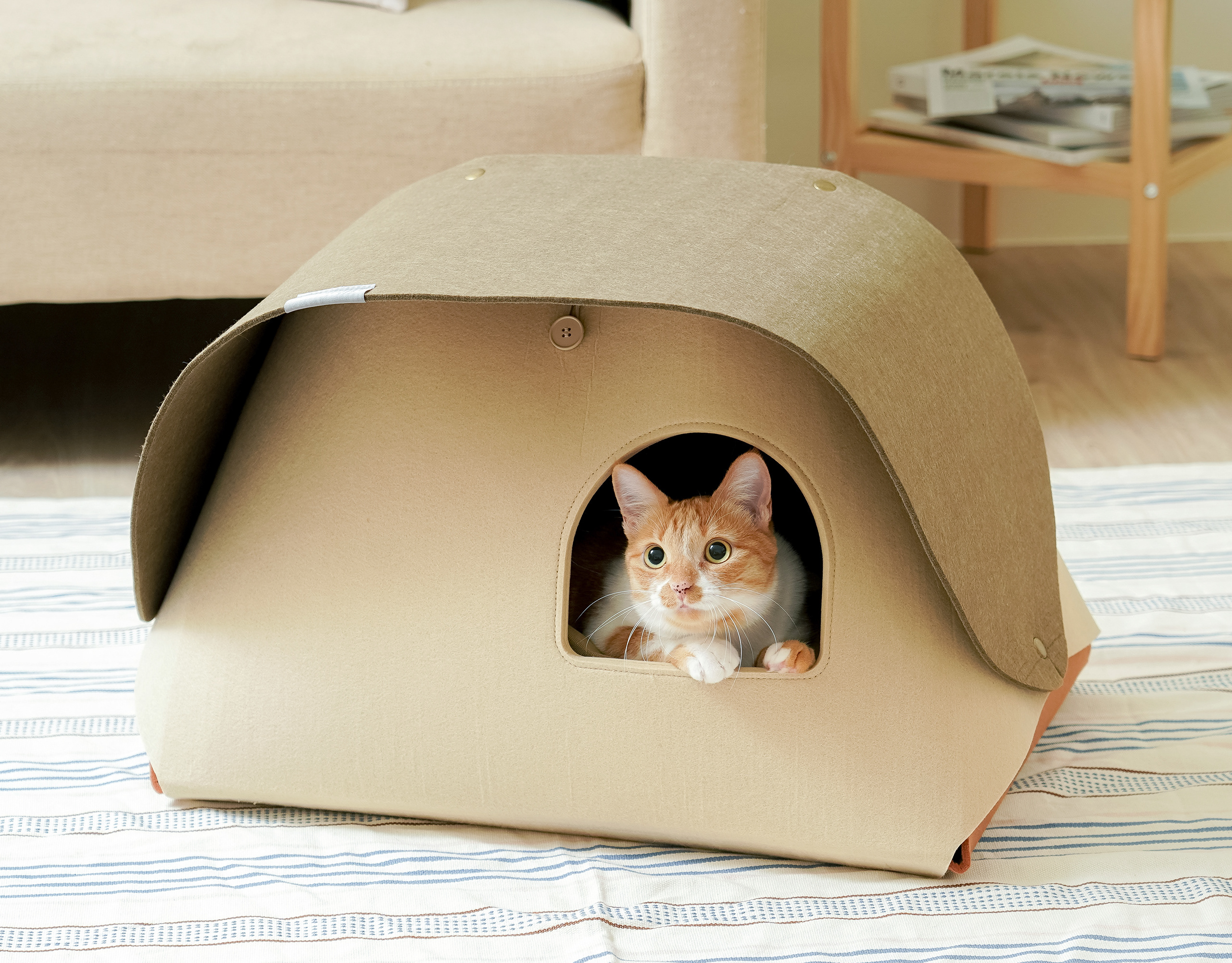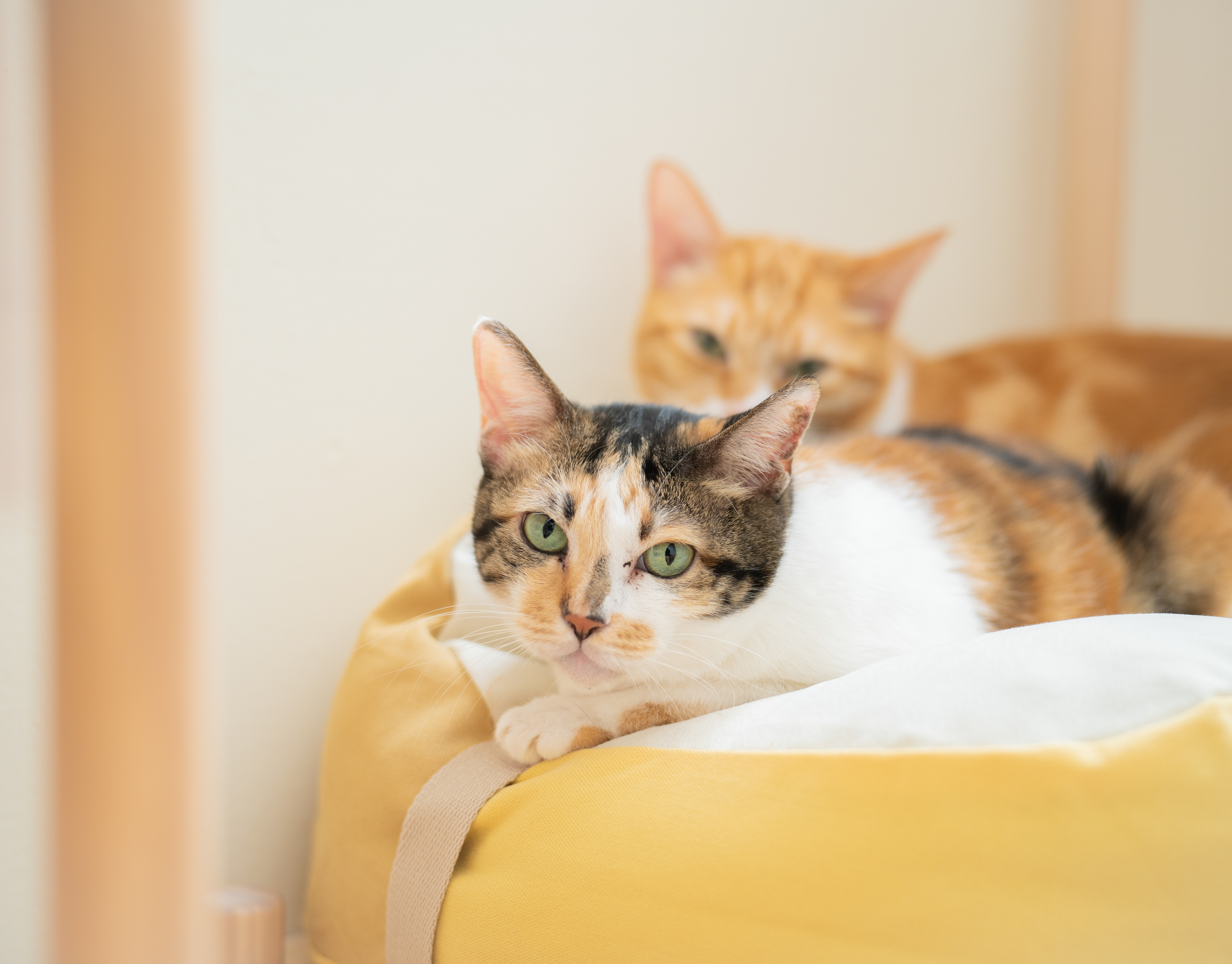How could we use pressure sensing to identify elders' health conditions? "CARE+ insoles" is a household management system composed of smart slippers, a charging board, Bluetooth receivers, and the Application. Inside the slipper is the sensor insole, which conducts gait analysis and records life trace at home. Through the App, users are enabled to instantly acquire health and living information with ease.
Smart Slippers
As a wearable device that blends into daily lives naturally, the product has the same appearance as regular slippers. It changes people’s stereotypes toward smart products. And it is also available for customized color choices.
Wireless Charging Board
The charging board provides three charging seats based on the defined scenario of three bedrooms and two living rooms. The slippers would be charged once they are put on the board, and the charging could be stopped by simply moving the slippers away.
APP
The APP plays the role of information center, it shows readable data to the users in order to keep track of their gait and health conditions.
Design Background
Poor health management toward the elderly
Most apartments are lacking protective systems on both software and hardware aspects. For the elderly, they need a more complete health management system while being unconscious of their own vulnerable health.
Design Feature - Gait Analysis
Gait analysis systematically measures, describes and evaluates the parameter involved in human action. Based on biomechanics, we use the sensors in the sole to measure the force distribution and balance while walking, conduct gait analysis after transferring which into visible scientific data.
Via comparing personal data with Big Data, the product can help diagnose hip-knee-ankle-foot diseases, frailty, neurodegenerative diseases, and so on.
Design Feature - Daily Life Routine Record
The locator inside the sole is connected with the Bluetooth positioning system arranged in the house, so the position of the slippers is known by distance analysis. The users’ routine in the house is analyzed by where they have been to and by the timing of wearing and taking off the slippers. For example, the routine includes when they arrive home, and sleeping time.
Design Feature - Easy to Clean
When cleaning is needed, one can simply take out the electronic sole by the hidden zipper on the bottom of the slipper. The outer clothing can be put in the washing machine to reduce sanitation concerns.
Scenario
Before going to bed or leaving the house, place the slippers on the charging board, then the lights on the side of the slippers would be turned on, indicating charging mode. When awakening or returning home, put on the slippers and the start time will be recorded. Gait analysis and life record will also start to be conducted.
Design Process
observe - sketch - prototyping - testing
Observation during the stay
I spent two months living with elders and observed their needs. Instead of wearing bulky technology wearable devices, they prefer a natural living environment built without a specific purpose.
Ideation
In connection with the research and experience during my stay, we planned a household system that blends in with their lives seamlessly, in which cold and high tech products are replaced by slippers to enhance the acceptability. As slippers play an essential role in household lives, we made the most usual product the medium of health management and life record.
Prototyping
The appearance and function should both be emphasized during the patterning and material tests of the slippers. We continuously tried to thin down the sensors, and make it strong enough to afford weight. We also made sure the users wouldn’t feel the sensors when walking in the slippers, and ensure the efficiency and stability when sending messages.
APP Developing
Using the swift iOS APP development system, we conducted a good visualization layout to transfer the living information. Time bars and round timers are user-friendly to both youngsters and elders.
Reflection
According to the feedback of our target users and exhibition visitors, we should have spent more time testing the usability and stability of insoles. Also, if we can provide a diversity of fabric choices, it would be more compelling.
cooperate with : Wei Lun Hong, Bo Yun Cheng, I Hsin Chen

